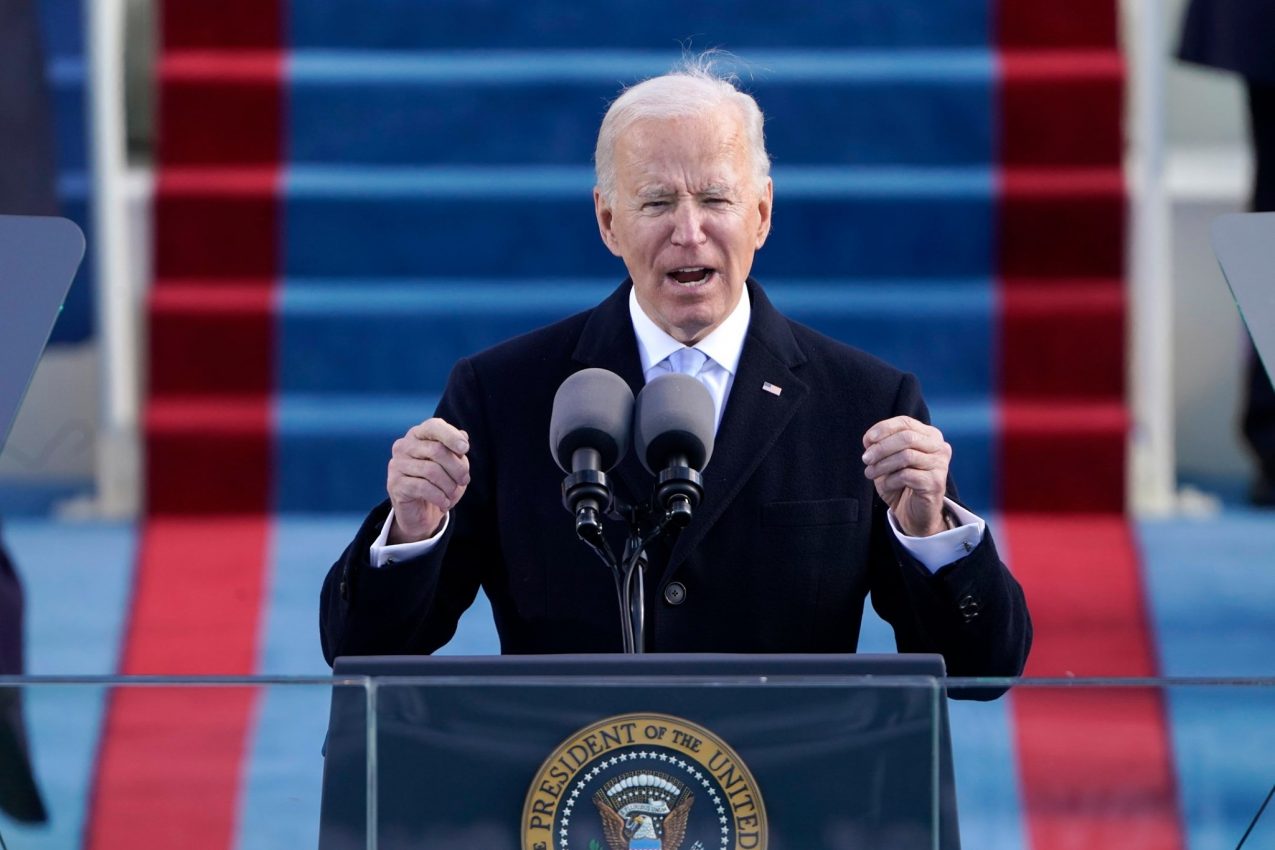
US President Joe Biden's executive orders to be signed this week aim to reduce hunger and protect workers.
Brian Deese, Biden’s National Economic Council Director, revealed to reporters
that one White House measure calls on the federal government to offer any relief it can through “existing authority.”
The other is focused on “empowering federal workers and contractors,” he noted.
Biden's executive orders presented several tools to offer assistance during the coronavirus pandemic, while the president pushes his $1.9 trillion proposal through Congress.
First, Biden will call on the U.S. Department of Agriculture to allow states to broaden access to enhanced Supplemental Nutrition Assistance Program benefits as the country addresses a rare hunger crisis.
The USDA will look into ia 15% increase for the Pandemic Electronic Benefits Transfer program.
Moreover, Biden will urge the Treasury Department to implement tools to give the direct payments approved by Congress to qualified people. The Labor Department will be asked to carry out rules suggesting that workers have the right to reject work that risks their health during the pandemic.
Additionally, federal contractors will be offered a $15 per hour minimum wage and emergency paid leave.
Biden will revoke executive orders signed by former President Donald Trump that the White House said limited workers’ collective bargaining power. He will also urge agencies to determine which federal workers make fewer than $15 per hour.
However, Deese pointed out that Biden's executive orders and others set this week to provide immediate assistance cannot replace another relief package from Congress.
“These actions are not a substitute for comprehensive legislative relief… but they will provide a critical lifeline to millions of American families,” he told reporters Thursday night.
Biden's executive actions reflect his goal to curb the outbreak and manage its damage to the economy. He signed a series of orders Thursday that promote mask wearing and improve the production of Covid-19 vaccines and protective equipment, among other objectives.
Biden also laid out a Covid stimulus plan.
Covid stimulus plan
Biden’s Covid plan was revealed on Thursday and the $1.9 trillion package is called the American Rescue Plan.
It features several familiar stimulus measures, with the additional fiscal support designed to help families and businesses until the coronavirus vaccine is widely available.
The plan calls for direct payments of $1,400 to most Americans, increased per-week unemployment benefit to $400, $15 per hour minimum wage, and extension of eviction and foreclosure moratoriums.
The Covid stimulus package also includes $350 billion in state and local government aid; $170 billion for K-12 schools and institutions of higher education; $50 billion toward Covid-19 testing; $20 billion toward a national vaccine program in partnership with states, localities, and tribes; making the Child Tax Credit refundable for the year; and increasing the credit to $3,000 per child ($3,600 for a child under age 6).
Biden’s Covid plan is the first of two major spending initiatives the new president aims to implement in the first few months of his presidency, according to his officials.
Meanwhile, the second bill, which is expected in February, will address Biden’s longer-term goals. These include job creation, infrastructure, climate change, and advancing racial equity.






